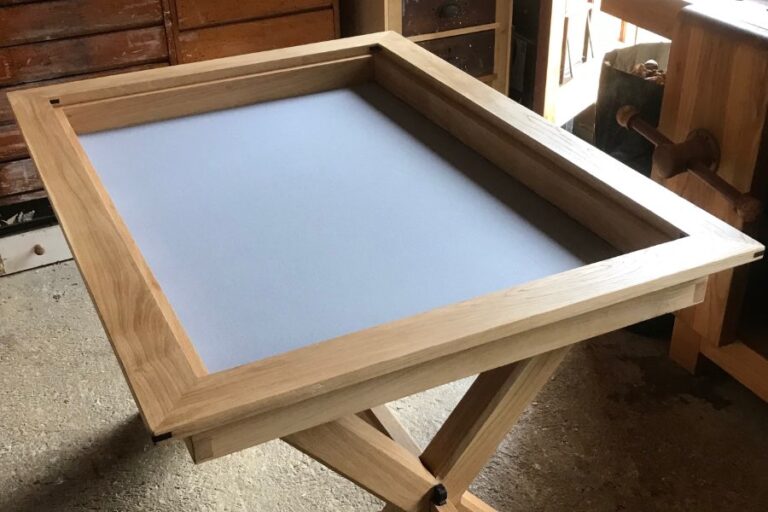Move Over Superfood, Here Comes a Superfibre!
Whether it’s goji berries, spirulina, turmeric or coconut oil, we’re used to reading about the latest superfoods and how they’ll benefit our health. But how often do we discuss which fibres are the best choice for our clothing and homes? The short answer is: we often don’t. But we should, and wool should be top of the list. With an incredible array of properties, wool really is one of nature’s wonders and definitely deserves to be known as a superfibre. Read on to find out what makes it so special, and how wool can help to keep you and your home not only warm, but safe too.
The Story of Wool
Mankind has a long history of using wool for clothing that can be traced back thousands of years. To give you a sense of perspective, sheep were domesticated in about 10,000 BC. In Britain, we started weaving wool in the Bronze Age, circa 1900 BC. That may sound a long time ago, but the tribes of Northern Europe were said to have been spinning and weaving wool even before sheep domestication took place1. So, we’ve had about 12,000 years of experience working with wool which is a pretty long trial period, and we still view it as a wonder fibre! I think that stands as a pretty conclusive testament!
A Multitude of Amazing Properties
Wool has remained as an important fibre for this length of time because it has several key properties that other fibres just can’t match, namely2:
- Wool fibres are resilient and elastic, meaning that fabrics made of wool are long lasting
- Breathable and insulating, it keeps you cool in summer and warm in winter
- It’s superior wicking properties mean that it’s naturally odour resistant
- Being anti-static, wool doesn’t attract dirt, dust or lint so it stays cleaner for longer
- It offers a naturally high level of UV protection, shielding the wearer or filtering the light coming into your home
- Wool is fire-resistant and fire-retardant, so a safe choice for home and office interiors
- Amazingly, wool improves indoor air quality (is there nothing this fibre doesn’t do?!)
- It can be recycled and used over and over again
- Wool is natural and comes from a renewable source
- It’s completely biodegradable
- Of great importance for the ongoing health of our planet ecosystems, wool forms part of the natural carbon cycle
Phew! That’s a long list! I’ll look at some of the properties in more detail in other blog posts, but for now let’s just take a moment to admire wool for the superfibre that it is!
References
1 The History of British Wool The Seven Sisters Sheep Centre
2 About Wool The Campaign For Wool
 GENUINE BRITISH MADE FABRIC | Worldwide Shipping |
GENUINE BRITISH MADE FABRIC | Worldwide Shipping | 


